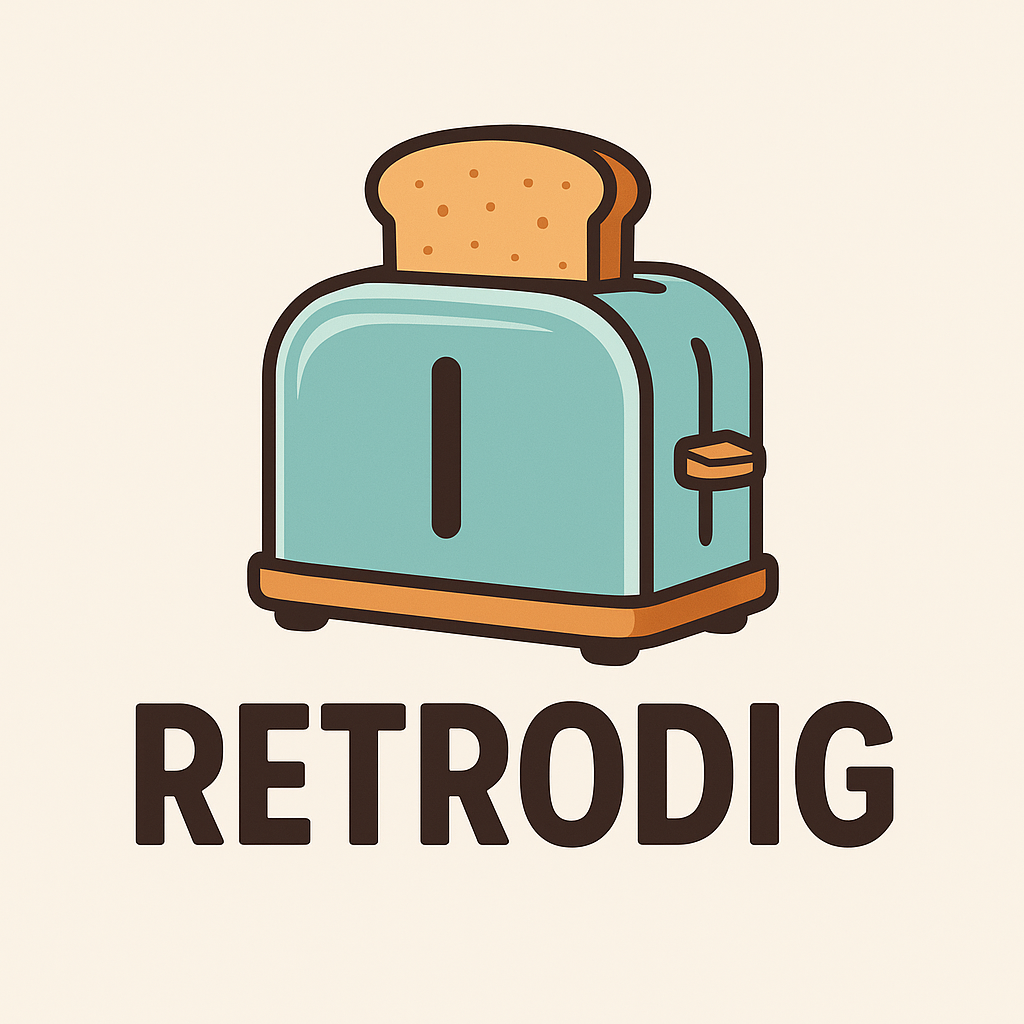Retro toasters are more than kitchen appliances; they are cultural symbols that have appeared on screens for decades, reflecting domestic life, style trends, and sometimes even humor. Their distinctive designs, bold colors, and iconic shapes make them instantly recognizable props, adding authenticity and aesthetic flair to movie sets and television shows. For collectors and enthusiasts, spotting these appearances can deepen appreciation for the toaster as both a functional object and a cultural icon.
One of the earliest appearances of a recognizable retro toaster in media came during the 1950s and 1960s. Television sitcoms like “Leave It to Beaver” and “The Donna Reed Show” frequently featured pastel-colored toasters in kitchen scenes. Mint green, baby blue, and pink models were common, often positioned prominently on countertops. These appearances helped reinforce the toaster as a symbol of post-war domestic perfection, complementing the era’s emphasis on modern, cheerful, and orderly kitchens. Collectors often seek the same models featured on-screen, valuing both the historical significance and the pop culture connection.
Movies of the 1970s and 1980s continued this trend, but with more stylistic variation. Films set in contemporary households often showcased bold, geometric toaster designs, reflecting the aesthetic trends of the decade. For example, bright orange, avocado green, and brown toasters appeared in kitchen scenes to add visual energy and authenticity. Directors and set designers used these appliances not just for realism but also to evoke nostalgia, indicate character taste, or provide subtle visual humor. A flashy retro toaster could immediately convey that a character was stylish, quirky, or nostalgic without a single line of dialogue.
Some retro toasters have achieved almost iconic status thanks to repeated appearances or memorable roles in pop culture. Animated shows, cartoons, and even commercials have anthropomorphized these appliances, turning them into characters or comedic elements. For example, in some 1980s and 1990s cartoons, toasters with exaggerated shapes or colors were often given faces, levers, or popping bread sequences that enhanced humor and visual storytelling. Collectors prize models that resemble these appearances, as they carry both nostalgic and emotional value.
Television shows focused on kitchens, cooking, and home improvement have also contributed to the toaster’s pop culture status. Programs like early cooking shows or lifestyle segments on morning television often highlighted retro appliances as examples of style and craftsmanship. These appearances helped cement certain toaster models as desirable and fashionable, influencing consumer taste and encouraging the preservation and collection of vintage pieces.
Even in modern media, retro toasters are frequently used as deliberate design statements. Filmmakers, production designers, and advertisers often select retro models for their distinctive color, shape, or chrome accents, providing visual contrast in contemporary kitchen settings. A well-chosen retro toaster can evoke nostalgia, add warmth, or create a playful counterpoint to otherwise sleek and minimalistic environments. Their appearances continue to reinforce the toaster’s role as both functional appliance and cultural artifact.
Collectors interested in pop culture connections often research which toaster models appeared in specific shows, movies, or commercials. Identifying these models involves careful attention to shape, color, knobs, and branding details, as well as studying production stills or promotional images. Owning a toaster featured on-screen adds a layer of historical and emotional significance, bridging the gap between domestic history and media history.
Ultimately, retro toasters in movies and television serve as more than props. They are symbols of design trends, domestic ideals, and cultural nostalgia. Their appearances help document changing aesthetics, technological advancements, and societal attitudes toward home life. For collectors and enthusiasts, pop culture connections increase a toaster’s appeal, making it not only a functional object but also a tangible piece of history that links everyday life to the broader cultural imagination.
Before you make your final choice, check out our full Retro Toaster Buyer’s Guide. It breaks down everything you need to know about materials, durability, heating performance, and extra features so you can pick the perfect toaster for your kitchen.
